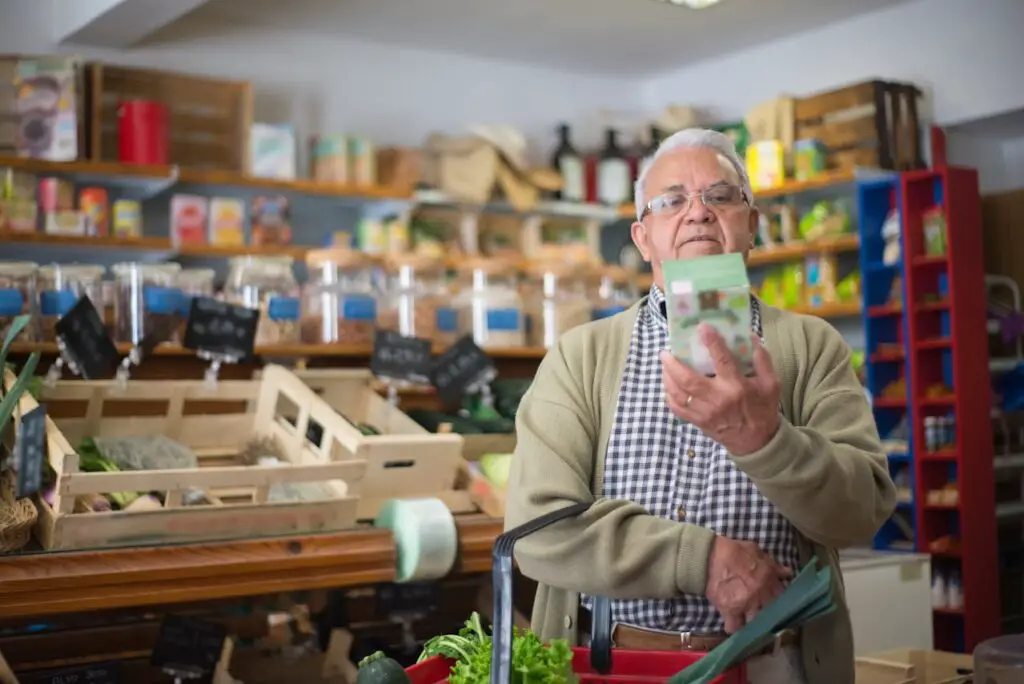7 Stunning Houseplants That Thrive Without Any Soil

Houseplants bring life and beauty to any space, but not everyone wants to deal with soil, which can be messy and require regular upkeep. Fortunately, there are stunning houseplants that thrive without any soil, relying instead on water, air, or specialized growing mediums to flourish. These plants are not only easy to care for but also add an elegant touch to any home. Whether you have a green thumb or are new to indoor gardening, these seven soil-free houseplants are perfect for you.
1. Lucky Bamboo (Dracaena sanderiana)

Lucky bamboo is one of the most popular plants for growing without soil, often seen in offices and homes as a symbol of good luck and prosperity. It thrives in water as long as the roots are fully submerged, and it can grow in a vase or container filled with pebbles for support. Lucky bamboo requires filtered or distilled water since tap water can contain chemicals that harm the plant. Place it in indirect sunlight and change the water every two weeks to keep it healthy and thriving.
2. Air Plants (Tillandsia)

Air plants are among the easiest houseplants to care for, requiring no soil at all. These unique plants absorb moisture and nutrients through their leaves from the air. They can be displayed in hanging glass terrariums, mounted on driftwood, or arranged in decorative bowls. To keep air plants healthy, mist them regularly or soak them in water for about 30 minutes once a week. They thrive in bright, indirect light and benefit from good air circulation, making them a perfect addition to modern and minimalist spaces.
3. Pothos (Epipremnum aureum)

Pothos is a stunning trailing plant that can grow in water indefinitely, making it a fantastic choice for soil-free gardening. Simply place the cuttings in a jar or vase filled with water, ensuring that the roots are fully submerged while the leaves stay above the surface. Pothos is highly adaptable and can thrive in both bright and low-light conditions. To keep it healthy, change the water every one to two weeks and add liquid fertilizer occasionally to provide essential nutrients. This plant is known for its air-purifying properties, making it an excellent choice for improving indoor air quality.
4. Chinese Evergreen (Aglaonema)

The Chinese evergreen is a resilient houseplant that can be grown hydroponically, meaning it does not need soil to thrive. This plant can adapt to various conditions, including low light and high humidity, making it a versatile choice for indoor spaces. To grow a Chinese evergreen without soil, place its roots in a container of water with small stones or pebbles for stability. It prefers distilled or filtered water and should be replenished regularly to prevent stagnation. Its lush green foliage with striking variegations makes it a beautiful addition to any home or office.
5. Spider Plant (Chlorophytum comosum)

The spider plant is another excellent choice for soil-free growth, as it can easily adapt to a hydroponic environment. Place the plant in a container with water, ensuring that the roots are submerged while the leaves remain above the surface. Spider plants are incredibly low-maintenance and thrive in indirect sunlight, making them perfect for beginners. They also produce baby plantlets, which can be propagated and grown in water. With their arching green and white striped leaves, spider plants add a fresh and lively touch to any room.
6. Peace Lily (Spathiphyllum)

Peace lilies can thrive in water alone as long as their roots receive proper care. To grow a peace lily hydroponically, place its roots in a container with clean water, preferably with pebbles for added support. This elegant plant is known for its stunning white blooms and its ability to improve indoor air quality by removing toxins. Peace lilies prefer indirect sunlight and require fresh water every week to prevent root rot. Their graceful appearance makes them a stylish and refreshing addition to any space.
7. Philodendron (Philodendron spp.)

Philodendrons are lush, tropical plants that can grow beautifully in water. To start, place a cutting in a jar or vase filled with water, making sure the roots are fully submerged. These plants thrive in indirect light and require minimal maintenance, making them perfect for busy plant lovers. The water should be changed every one to two weeks, and adding liquid fertilizer occasionally can help keep the plant thriving. With their heart-shaped leaves and trailing vines, philodendrons make a stunning statement in any indoor setting.
Final Thoughts

Growing houseplants without soil is an excellent way to enjoy greenery with minimal mess and maintenance. Whether you prefer the graceful appearance of peace lilies, the air-purifying benefits of pothos, or the unique charm of air plants, these seven soil-free houseplants will thrive beautifully in your home. With the right care, including regular water changes and proper light exposure, these plants will flourish and enhance your living space effortlessly. If you are looking for an easy, stylish, and low-maintenance way to bring nature indoors, these soil-free houseplants are the perfect choice.










































































































